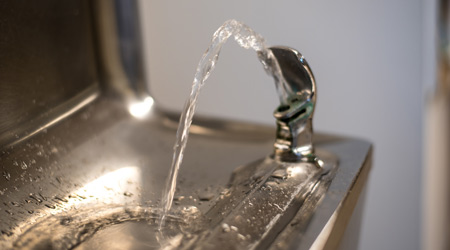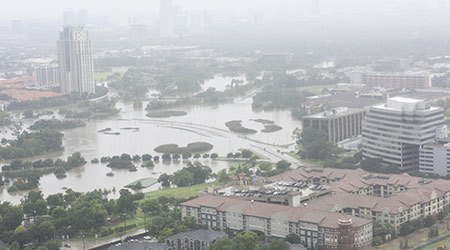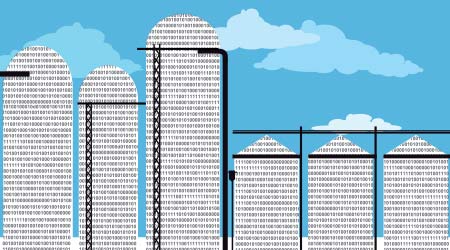
Smartphones Capable of Detecting Lead in Water
October 15, 2018
Smartphone users soon might be able to use an app to detect lead in drinking water. Researchers at the University of Houston have developed an inexpensive system that pairs a smartphone with an inkjet-printed lens that can detect lead down to 5 parts per billion, which is much lower than the U.S. Environmental Protection Agency (EPA) standard for drinking water lead levels of 15 parts per billion.
Building on earlier research into turning a smartphone into a microscope capable of fluorescence microscopy, the lead-detection system uses color analysis to detect lead nanoparticles. The discovery was published in the journal Analytical Chemistry.
The capability of the smartphone detection system is more sensitive than commonly available consumer testing kits, researchers say. This application could help make testing of water systems that impact particularly vulnerable individuals, such as young children, faster and easier than had been possible.
This development is another notch in the range of applications for smartphones as sensors in commercial and institutional facilities. Already, smartphones can double as light meters and sound-level meters directly, or they can pair with other devices to provide indoor air sampling, temperature monitoring, and occupancy sensing.
This Quick Read was submitted by Naomi Millán, senior editor, Building Operating Management.
Next
Read next on FacilitiesNet












